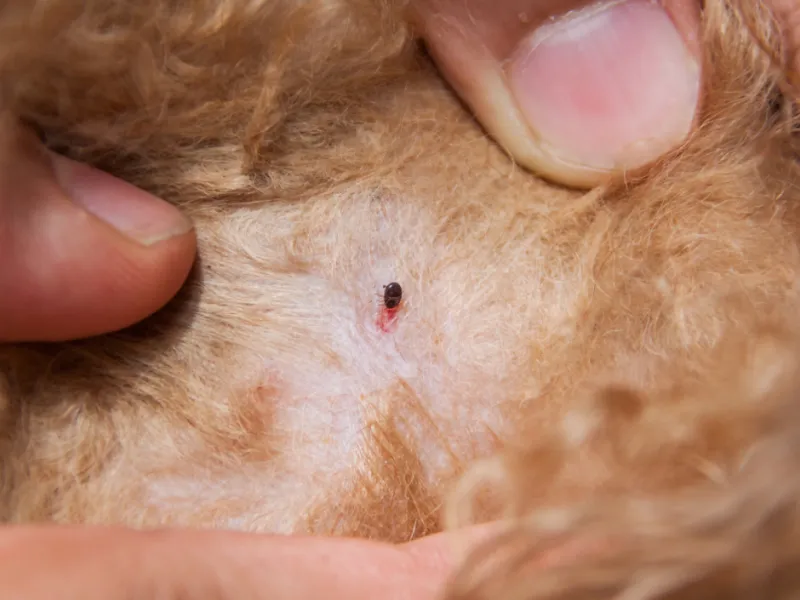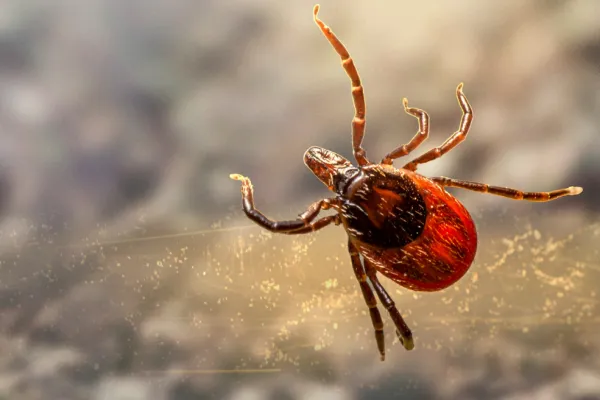Facts About Fleas

Get To Know The Flea
Fleas are more than just a nuisance; they are fascinating creatures with unique characteristics and behaviors. As a local pest control company, we are dedicated to protecting you and your pets from these tiny invaders. Flea infestations can become overwhelming if not addressed promptly, especially in areas like Maryland, Virginia, and D.C., where the climate provides ideal conditions for these pests, scientifically known as Siphonaptera.
But did you know there's much more to fleas than meets the eye? Let's dive into some intriguing facts about these tiny jumpers that will help you understand why they're such a formidable foe and how we can effectively combat them. From their incredible jumping abilities to their rapid reproduction rates, here are some interesting tidbits about fleas that you might find surprising:
1. Flea Species In The DMV Area
Maryland is primarily home to the cat flea (Ctenocephalides felis), which, despite its name, infects both cats and dogs. This species is the most common type of flea found around homes and is responsible for most flea infestations.
2. Fleas Are Tiny but Mighty Jumpers
Fleas are incredibly small, averaging about 1/8 of an inch in length, but they can jump up to 7 inches vertically and 13 inches horizontally. This impressive jumping ability allows them to easily move between hosts and environments.
3. Flea Life Cycle
Fleas go through four life stages: egg, larva, pupa, and adult. Under optimal conditions, this entire lifecycle can be completed in about two to three weeks. The eggs hatch into larvae within 2 to 12 days, depending on conditions. These blind, legless larvae feed on organic debris and adult flea feces for 5 to 20 days before spinning cocoons and entering the pupal stage. The pupae are well-protected and can remain dormant for several months until they sense a potential host. Upon emerging as adults, fleas immediately seek a host to feed on, starting the cycle all over.
4. Fleas Thrive in Warm, Humid Environments
Maryland's warm and humid climate, particularly during the summer, provides ideal conditions for fleas to thrive. They prefer temperatures between 70-85°F and high humidity levels.
5. Fleas Can Transmit Diseases
Fleas are not just an itchy annoyance; they can also transmit diseases such as murine typhus and cat scratch fever. Additionally, fleas are carriers of tapeworms, which can infect pets and humans alike.
6. Flea Allergy Dermatitis
Many pets suffer from flea allergy dermatitis, a condition caused by an allergic reaction to flea saliva. This leads to intense itching, redness, and hair loss, requiring veterinary treatment.
7. Fleas Can Lay Hundreds of Eggs
A single female flea can lay up to 50 eggs per day; over her lifetime, she may lay up to 2,000 eggs. These eggs are often laid on pets and quickly fall onto the environment, infesting carpets, bedding, and furniture. With a female's ability to lay up to 2,000 eggs in her lifetime, you can understand how flea infestations can become overwhelming if not addressed promptly.
8. Fleas Can Survive Without a Host
Adult fleas can live for 1 to 2 weeks without a blood meal; in cooler or less humid environments, they can last several months. The pupal stage is even more durable, with pupae remaining dormant in their protective cocoons for several months to a year, waiting for a suitable host. Eggs and larvae, while more vulnerable, can survive in dark, humid areas, feeding on organic debris until they develop into pupae. This ability to endure without a host highlights the need for comprehensive flea control.
Understanding fleas' behavior and life cycle is essential for effective control and prevention. Flea control involves an integrated approach that treats pets, the home, and the yard. If you're dealing with a flea problem, contact PestNow today for expert advice and treatment options. Together, we can keep your home comfortable and worry-free!


